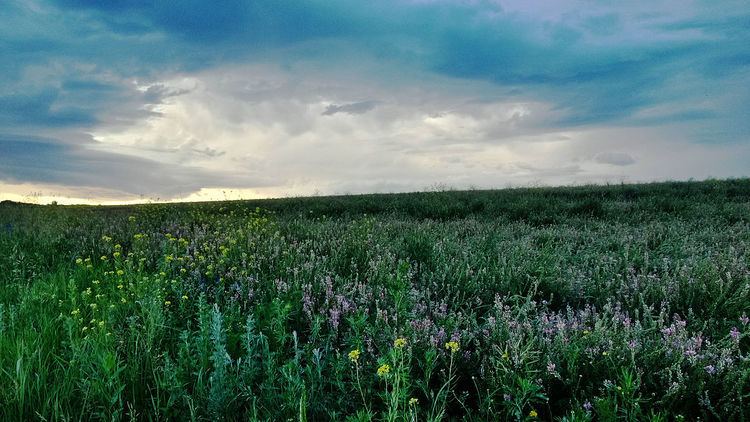Nearest city Kursk | Area 52.87 km² Established 1935 | |
 | ||
Governing body Ministry of Natural Resources and Environment (Russia) Website | ||
Central Tsernozemsky Nature Reserve (Russian: Центрально-Чернозёмный заповедник) (also Tsentralno-Chernozemny, or CCZ) (English: "Central Black Soil") is a Russian 'zapovednik' (strict ecological reserve) that protects for scientific study a collection of selected sites of black soil prairie in the southwestern part of the Central Uplands within the middle of the forest-steppe zone. The six sites of the reserve spread out to the southeast of the city of Kursk, in the Medvensky District, Manturovsky District, Gorshechensky District of Kursk Oblast. Officially, the site is named after the biologist VV Alekhine. The reserve was created in 1935, and covers an area of 5,287 ha (20.41 sq mi). In 1978 it was included in the World Network of Biosphere Reserves.
Contents
Topography
Although CCZ is one of the smallest reserves in the federal network, it is highly important from a scientific point of view as a collection of preserved remains of northern grasslands in the Kursk region. Reserve management refers to its "six patches of paradise", with virgin northern steppes, black earth prairie, pre-glacial vegetation on chalk hills, relict sphagnum swamps, and floodplain complexes. The "black soil" sectors in particular serve as a reference for study of the ecology of the especially fertile soils of the region. The six sectors in the reserve are:
The terrain in most areas is eroded soils and karst topography, with smooth raised areas, and shallow depressions. The black soil, which derives its color from a high humus content (540 tons/hectare) is unusual for being under deciduous forest, and reaches a depth of 1.5 m (4.9 ft).
Climate and ecoregion
Central Tsernozemsky is located in the Forest steppe|East European forest steppe ecoregion, a transition zone between the broadleaf forests of the north and the grasslands to the south. This ecoregion is characterized by a mosaic of forests, steppe, and riverine wetlands.
The climate of Central Tsernozemsky is Humid continental climate, cool summer (Köppen climate classification (Dfb) ). This climate is characterized by large swings in temperature, both diurnially and seasonally, with mild summers and cold, snowy winters. In the CCZ, temperatures range from an average −7.9 °C (17.8 °F) in January, to 18.9 °C (66.0 °F) in July. The growing season in 185 days. Precipitation is uneven across the years, with a low of 334 mm (13.1 in) in 2010 to a high of 774 mm (30.5 in) in 1997; the multi-year average is 570 mm (22 in).
Flora and fauna
The plant life is one of predominantly meadow steppes (44% of the territory), and deciduous forest. Meadow steppes change dramatically in color across the seasons. The presence of spagnum bogs is unusual in the steppe zone. Of the forested area, 81% is natural growth, and 19% is forest plantation. Oak trees predominate, with some Norway maple, wild pear and apple, and aspen. White birch is found in the bog areas. The understory tends towards wild cherry and hazel. Scientists on the reserve have recorded 1,340 species of angiosperms.
The animal life of the reserve is representative of European forest-steppe. Characteristics mammals include fox, badger and hare. Larger mammals include roe deer and wild boar; altogether scientists on the reserve have recorded 51 species of mammals. The steppe areas record many field mice, voles, and mole-rats. Over 226 species of birds have been recorded, with over 100 being passerine.
Ecoeducation and access
As a strict nature reserve, the Central Tsernozemsky Reserve is mostly closed to the general public, although scientists and those with 'environmental education' purposes can make arrangements with park management for visits. There are 'ecotourist' routes in the reserve, however, that are open to the public, but require permits to be obtained in advance. One such ecological route, called "stone woman", passes a stone monument dated to the XI century. The main office is in the city of Kursk.
